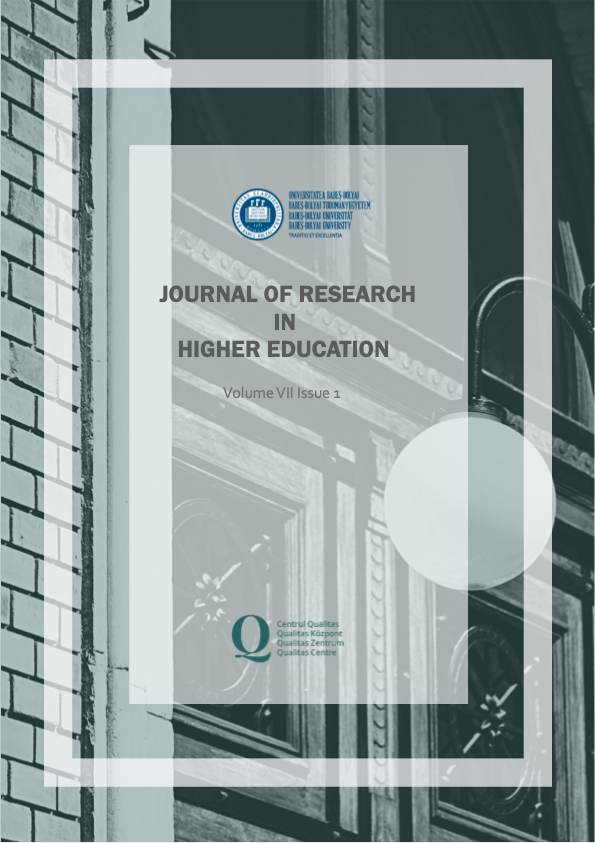Attitudes towards English Medium of Instruction in Engineering Courses in Rwanda Polytechnic
Attitudes towards English Medium of Instruction in Engineering Courses in Rwanda Polytechnic
Author(s): Alphonse Ndizeye, Cyprien TabaroSubject(s): Education, Foreign languages learning, Higher Education
Published by: Universitatea Babeş-Bolyai
Keywords: start-up; entrepreneurial model; conference interpreting; effectiveness; kaizen-type approach;
Summary/Abstract: Like many African countries, Rwanda uses a foreign language as a medium of instruction, despite being a monolingual society. Rwanda has made English a medium of instruction at all levels of education, mainly because English has become a global lingua franca. However, prior research has reported difficulties in implementing English medium of instruction (EMI) in Rwanda due to limited English proficiency in both students and teachers. This study investigates the students’ and lecturers’ attitudes towards learning and teaching engineering courses through the medium of English at Rwanda Polytechnic. The mixed research design was used to collect data. A Likert scale questionnaire was used to collect quantitative data from three Polytechnic Campuses in order to explore students’ attitudes regarding the use of the English medium of instruction in engineering courses. Qualitative data was collected from students through Focus Group Discussions to deeply understand the students’ perceptions, challenges, and coping strategies regarding the use of EMI in engineering subjects content. Semi-structured interviews were conducted with twenty content lecturers. Data analysis was done by merging quantitative and qualitative data to get an integrated understanding of students and lecturers views about EMI. The findings show that there are mixed perceptions about the use of EMI in engineering subjects. On one hand, both students’ and lecturers’ view EMI as an opportunity for their career prospects. On the other hand, they disagree with the use of an English-only medium of instruction because both students and lecturers experience difficulties in accomplishing academic tasks due to limited English proficiency. As a result, L1 is predominantly used to facilitate content teaching and learning. The preference for code-mixing is meant to increase students’ participation, and explain domain-specific terminology, thereby maximizing the comprehension of the subject content. Recommendations for workable policy changes of the instructional language are made.
Journal: Journal of Research in Higher Education
- Issue Year: 7/2023
- Issue No: 1
- Page Range: 40-70
- Page Count: 31
- Language: English

